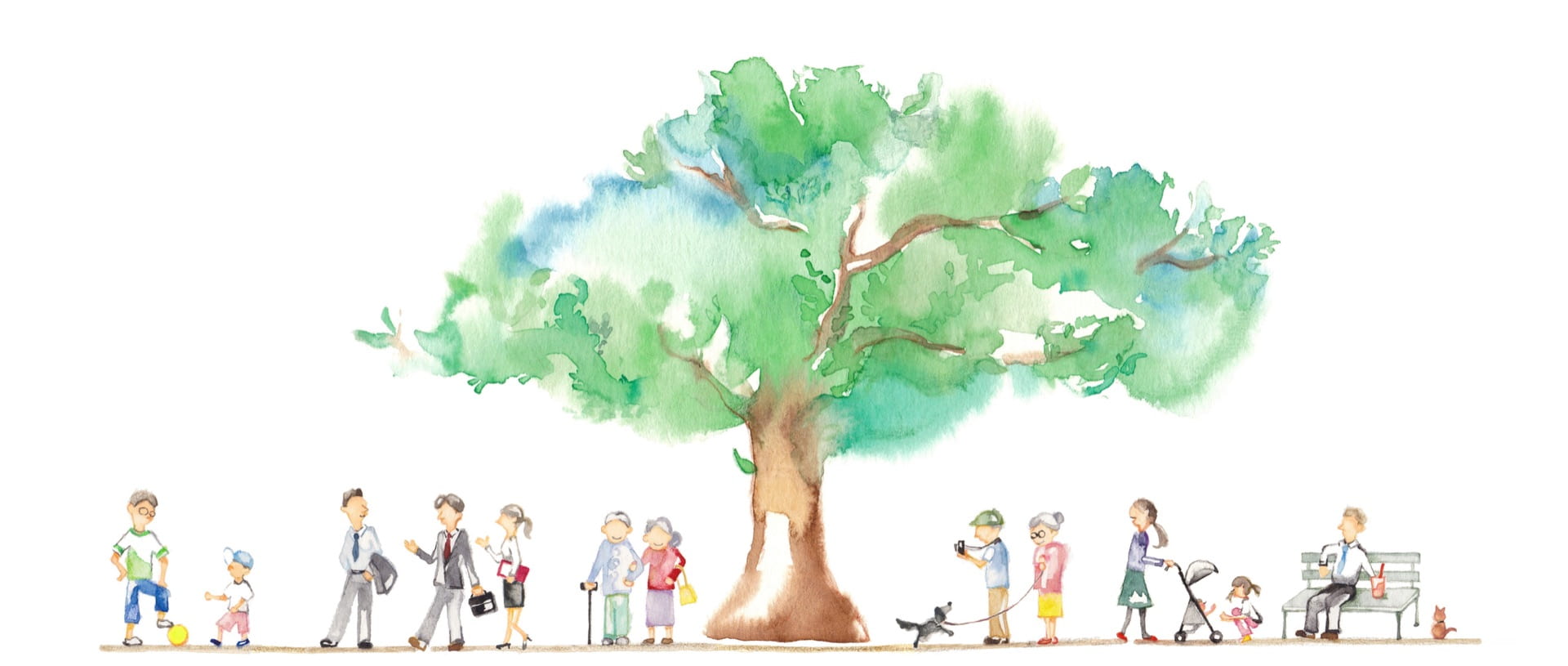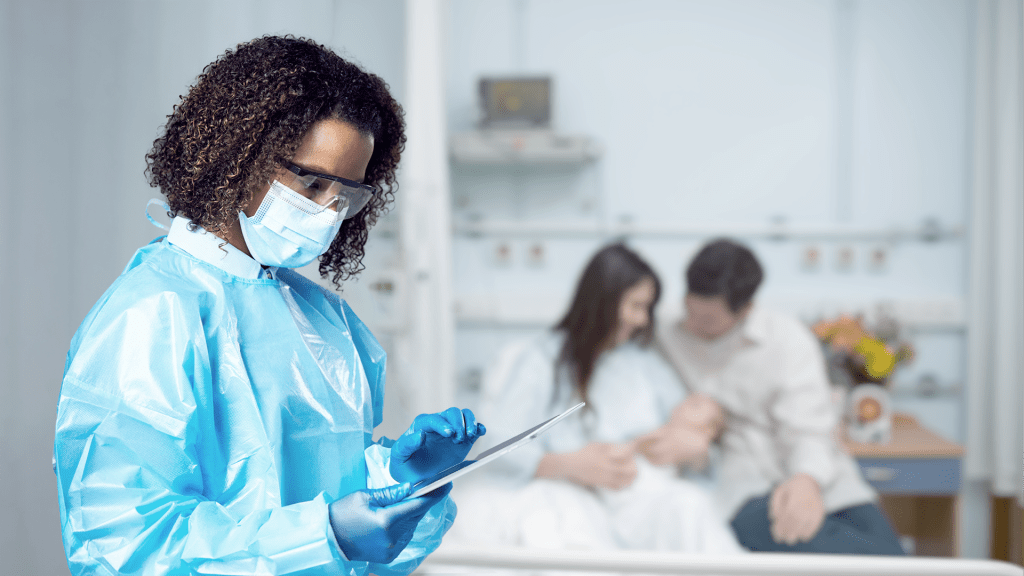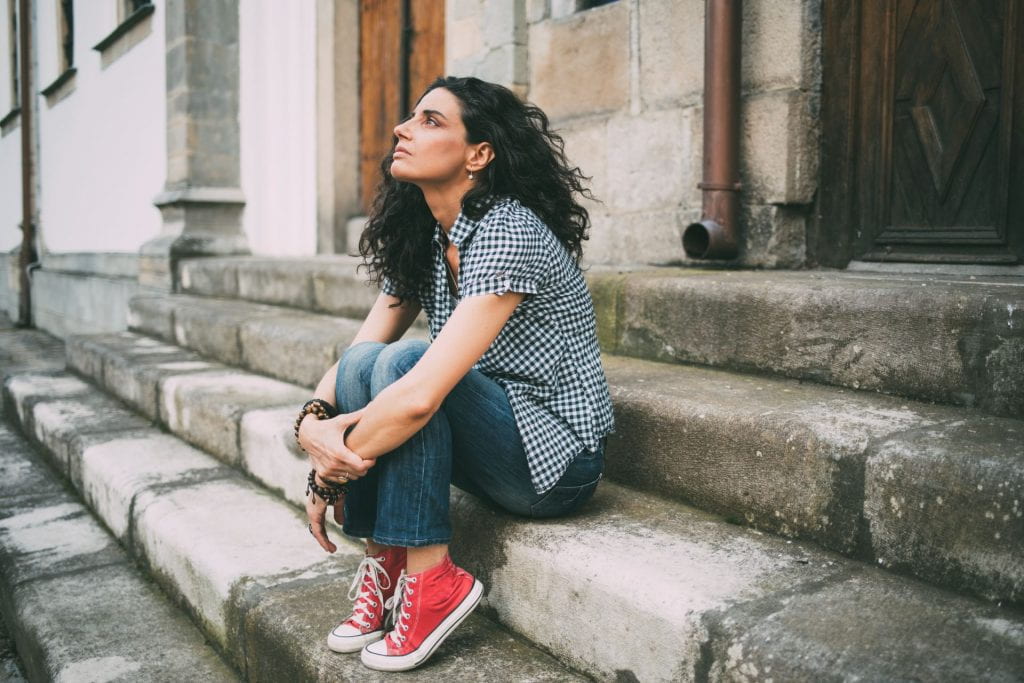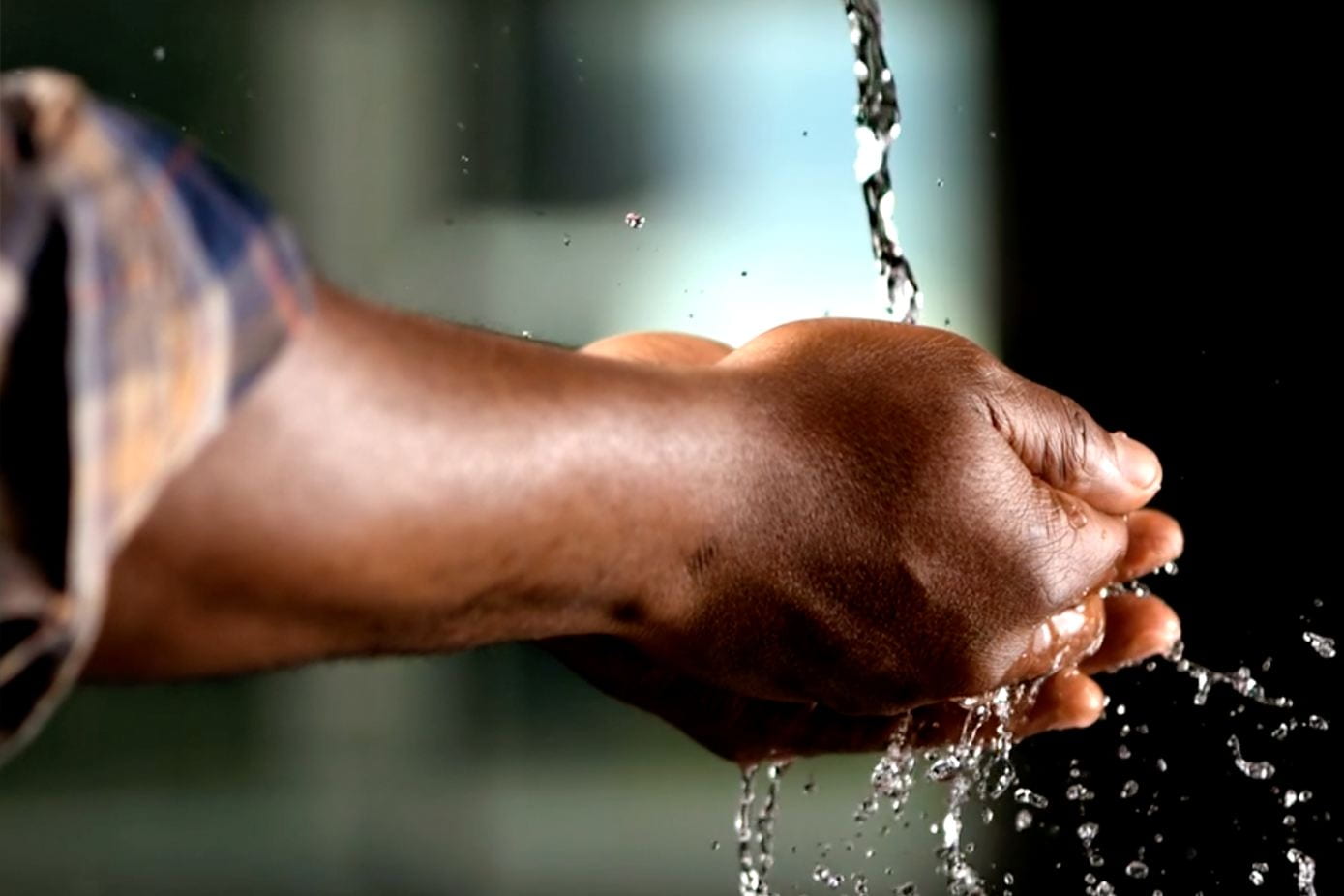Protecting Children
Preventing sexual abuse together
Child sexual abuse can be upsetting both to think about and talk about, but addressing the topic directly is one of the keys to keeping children safe. Researchers in Penn State’s College of Health and Human Development are working with agencies across the state to educate Pennsylvanians about how to prevent child sexual abuse.
Researchers have documented that child sexual abuse can cause lifelong problems across multiple aspects of mental, physical, and behavioral health. Every year, there are 60,000 documented, credible cases of child sexual abuse in the United States, but the crime is much more common than that: one in five women and one in ten men report having been sexually abused during childhood. Furthermore, the lifetime financial burden of sexual abuse from a single year is estimated to be $9.2 billion. By developing skills, knowledge, and awareness, parents, children, and community members can collectively protect children from this preventable tragedy.
Sexual abuse requires unique prevention efforts
Child sexual abuse is different than other types of child maltreatment and requires different prevention efforts. Physical abuse is most likely to occur at the hands of a parent, but sexual abuse by parents is much less common. Researchers have described physical abuse as a crime of emotion; it most frequently occurs when a parent is particularly angry or stressed. Sexual abuse, on the other hand, has been described as a crime of opportunity; abusers look for a chance to take advantage of children. Reducing the opportunities for sexual abuse reduces the number of children who may be abused.
Physical-abuse prevention usually involves teaching strategies for parenting to manage stress and emotions. To prevent sexual abuse, however, parents must know how to create a safe environment for their children and how to communicate with children about their bodies. Children, meanwhile, need to understand appropriate behavior and be able to communicate effectively about their feelings and bodies.
Red light, green light: What is appropriate?
For each scenario, decide whether the activity described represents typical sexual development (green light), inappropriate sexual behavior that should be redirected (yellow light), or abusive sexual behavior that you should discuss with your child (red light).
Behavior Scenario
Scenario #1: 5-year-old boy asks how his younger sister was made.
This is an opportunity to talk to the child about the basics of reproduction.
Scenario #2: 9-year-old boy looks up "girls naked boobs" on the Internet
Yellow Light
This is an opportunity to talk about what might be typical behavior, but may need intervention to keep the child safe.
Scenario #3: 10-year-old girl is "sexting" her new boyfriend
Red Light
This is an opportunity to correct dangerous behavior.
How Penn State is working to prevent abuse
Research on child sexual abuse has revealed what factors place children at risk for abuse and how to reduce those risks. Because parents are uncomfortable discussing sexual abuse or facing the possibility that their children are at risk, getting people to enroll themselves or their children in sexual abuse prevention trainings can be difficult.
To keep children free from sexual abuse, researchers in the College of Health and Human Development partnered with the Pennsylvania Commission on Crime and Delinquency to develop the Safe and Healthy Communities Initiative. The initiative includes three, single-session, evidence-based programs: one for community members, one for parents, and one for young children.
The Stewards of Children workshop, developed by Darkness to Light, educates anyone over the age of 18 about how to ensure that children are safe, how to identify warning signs that a child is being abused, and what to do if abuse is suspected.
The Smarter Parents, Safer Kids program, developed by faculty members in the Child Maltreatment Solutions Network at Penn State, is delivered to parents enrolled in a parent education program. By connecting this curriculum to an existing parenting program, providers can leverage basic knowledge and skills that parents have already learned and avoid people’s hesitation to sign up for a program on sexual abuse. In the single-session module, parents learn how to provide a safe environment for children and how to communicate with them about their feelings and bodies.
The Safe Touches program, developed by the New York Society for the Prevention of Cruelty to Children, teaches children how to identify appropriate and inappropriate touches and how to tell a trusted adult if they receive an inappropriate touch. The puppet-based workshop uses scenarios to emphasize body-safety concepts and is delivered during a single session at school to children enrolled in the second grade.
The researchers said that people do not become experts after one session, but that the evidence clearly shows that one session is enough to make a difference.
“It should be heartening to the entire Penn State community—faculty, students, administrators, and alumni alike—that these efforts to prevent sexual abuse before it occurs are at the forefront of our research agenda,” said Jennie Noll, professor of human development and family studies, director of the Center for Safe and Healthy Children, and the Ken Young Family Professor for Healthy Children.
Tips for understanding your child’s healthy sexual development
- Teach children the accurate names for their body parts. Children need the vocabulary (e.g., ‘penis’ and ‘vagina’) to communicate clearly if they have problems.
- Be prepared to answer their questions. Sexual development starts well before puberty. That means that exploration and questions start before puberty.
- Talk to your children about sex and reproduction. If you wait until a child reaches puberty and then try to give them a single ‘talk,’ they will learn about sex elsewhere. Parents can offer healthier information about sex than children’s friends or the internet.
Steps to protect your children
Important questions to ask your babysitter
Everyone who cares for your child should be able to answer these questions to your satisfaction. Get the details you need to feel comfortable about the person.
- Where have you worked with kids?
- How long have you worked with kids?
- Why did you leave the previous place you worked with kids?
- Do you have references I can call?
- How do you manage one-on-one time with kids?
- What is your training in child sexual abuse prevention/awareness?
- Will older children be around my child? Do you have an older child or teenager who will be around my child?
Creating a family safety plan
Develop a plan with your children so that they know what to do if they ever feel uncomfortable or unsafe.
For example, if a child feels unsafe at a friend’s house, they need a plan to call and use a coded phrase like, ‘Mom I forgot my inhaler,’ so that the parent knows to retrieve the child with no questions asked until later.
Results in the real world
Over the last few years, facilitators across Pennsylvania have educated more than 14,000 adults through Stewards of Children workshops, more than 300 parents through the Smarter Parents, Safer Kids program, and more than 16,000 second graders through the Safe Touches program. These sessions have enabled thousands of children to lead safer lives and have led directly to 29 children disclosing that they were being sexually abused.
“It strikes me just how powerful one hour can be in the life of a child. Twenty-nine different children were able to ask for help following a less than hour-long training conducted by an adult they just met; it gives me chills,” said Kate Guastaferro, assistant research professor in Penn State’s Center for Safe and Healthy Children, affiliate of the Child Maltreatment Solutions Network and the Edna Bennett Pierce Prevention Research Center, and co-developer of Smarter Parents, Safer Kids.
Currently, researchers in the Child Maltreatment Solutions Network are partnering with the Pennsylvania Commission on Crime and Delinquency to offer both the Smarter Parents, Safer Kids and Safe Touches programs to hundreds more parents and tens of thousands more children across the Commonwealth.
Jennifer Crane serves as the program director for parenting education with the Centre County Youth Service Bureau. The Youth Service Bureau participates in Smarter Parents, Safer Kids and worked with Penn State researchers to develop and refine the curriculum.
“The parents who went through the curriculum feel empowered to protect their children because they understand what tools parents have access to,” Crane said. “Unfortunately, the threat of sexual abuse is there for all children. It does not matter what their socio-economic status is or what neighborhood they live in. The strategies in the curriculum apply to children in every family. The more parents gain this knowledge, the more children will be safe.”
Tips for communicating with children about their body and sex
Talk about their life
Talk frequently with your child about their experiences. Knowing where they are and who they are with helps keep them safe.
Talk about feelings and boundaries
Talk with them about their feelings, what is okay for them to do to someone else, and what is okay for someone else to do to them.
Promote self-understanding
A child who understands feelings and personal boundaries is better prepared to talk about and prevent problems.
Remain open to talking about sex
Talking about sex with children does not encourage them to have sex earlier. It does not make abuse more likely, either. You will not make mistakes that hurt your child by talking with them, but you can by not talking with them.
What all parents need to know about child sexual abuse
The Smarter Parents, Safer Kids program helps parents develop knowledge and skills around three topics: healthy sexual development, communication, and creating a safe environment.
“
“Our message for parents is, ‘You are uniquely positioned to protect your children from abuse. Let us help you create that protective environment.’ This can be a scary topic, but there are things that parents can do that really matter. There are things that children should know. By facing this topic together, we can help protect children—all children—from sexual abuse.”
– Kate Guastaferro
”

Photo Credits
Header video – graphics by amtitus and izumikobayashi via Getty Images; video by Dennis Maney
Red Light, Green Light: What is Appropriate? video by sevkieren via Getty Images
4 photos in the gallery (Left to Right):
- SDI Productions via Getty Images
- Hispanolistic via Getty Images
- fizkes via Getty Images
- Fly View Productions via Getty Images
Photo footer – izumikobayashi via Getty Images
Author
Aaron Wagner




